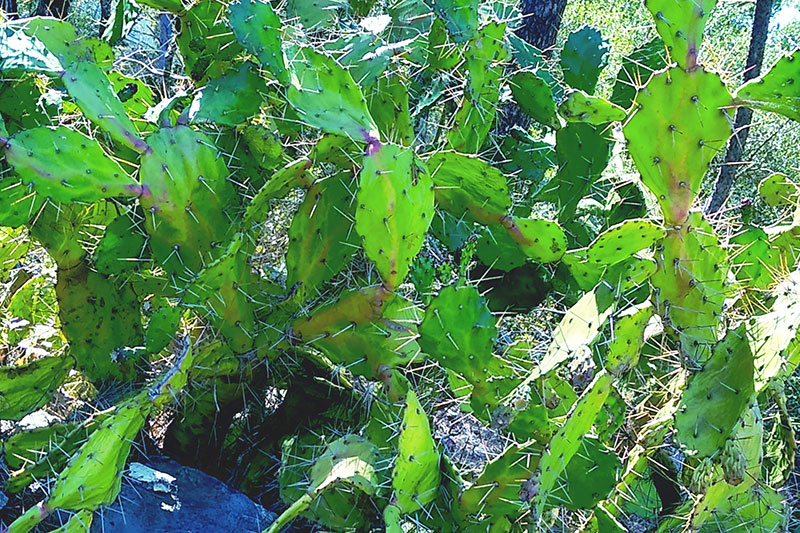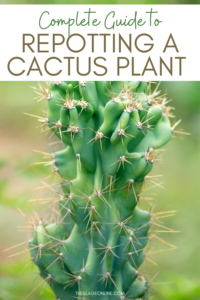The cactus, with its iconic spines and striking forms, is an intriguing flora that captivates both casual observers and dedicated botanists alike. These resilient plants thrive in arid environments, displaying a unique adaptation to drought and harsh temperatures. However, an often-overlooked aspect of the cactus ecosystem is its role as a food source for a variety of animals. This article delves into the fascinating world of those creatures that feast on cacti, illustrating their interactions with these prickly plants and the ecological significance of such relationships.
Understanding the mutual dependence between cacti and their consumers can lead to a deeper appreciation of biodiversity. Through this exploration, we can unravel not merely what eats cactus plants, but also why certain species have evolved to derive sustenance from these seemingly inhospitable plants.
Exploring the Cactus Cuisine: Who is Eating Your Cactus?
Cacti, known for their intricate network of spines, possess a unique chemistry that offers food to a plethora of organisms. From rodents to larger mammals, the list of cactus consumers is diverse. Among the most famous are the desert tortoises, the infamous cactus wrens, and the industrious pack rats.
Desert tortoises are particularly emblematic of the cactus-eating cohort. These reptiles are herbivorous and incorporate various plant materials into their diets, with cacti being a significant component. They utilize their strong jaws to consume the juicy pads and fruits, as the moisture content is essential for hydration in arid habitats. Interestingly, the consumption of cacti by tortoises also reflects a remarkable evolutionary adaptation; their digestive systems are specifically suited to process the fibrous and tough materials found in cactus tissue.
Birds, too, play a vital role in the cactus consumption circle. The cactus wren, for instance, is an avid forager. It is skilled at navigating the prickly environments, using its sharp beak to extract seeds and fruits. These birds not only consume the cacti but also contribute to their propagation through seed dispersal, fostering a cyclical relationship that benefits both parties.
Pack rats, known scientifically as Neotoma, exhibit notoriously curious behavior when it comes to cacti. These small rodents often create nests using pieces of cacti, utilizing the spines for protection against predators. Their diet includes the nutritious pads of prickly pears and saguaro fruits, which they consume with great enthusiasm. This interaction is crucial for the survival of many cactus species, as pack rats inadvertently aid in pollination and seed dispersal, enabling these plants to thrive in challenging ecosystems.
Other Herbivores in the Cacti Faction
Beyond the more familiar consumers, a variety of insects and other herbivores gratefully partake in the cactus buffet. Desert-dwelling beetles, for instance, are drawn to the sugary secretions of certain cactus species. The cochineal insect, in particular, is known for its association with prickly pear cacti, feeding on the pads and producing a red dye substance that was historically used in textiles and cosmetics.
This array of herbivores not only provides insight into the surprising adaptability of life within desert ecosystems but also reminds us of the delicate balances that sustain these environments. Each organism interacts with cacti in unique ways, underscoring the multifaceted relationships that can evolve between flora and fauna over time.
The Nutritional Value: Why Animals Choose Cacti
The keen interest of various animals in cacti can largely be attributed to their nutritional profile. Cacti are an abundant source of water, vitamins, and carbohydrates, making them invaluable to any creature inhabiting arid landscapes. Coupled with their ability to survive extreme conditions, cacti present a lucrative food source for those who can tolerate the spines and fibrous structure.
For many, the sharp spines of cacti serve as formidable barriers. However, species like the Harris antelope squirrel have evolved protective adaptations, permitting them to navigate these defenses. They deftly consume cactus pads, which are rich in moisture, vital for their survival. This illustrates nature’s remarkable ability to adapt, emphasizing how certain species thrive amidst resource scarcity.
Additionally, seasonal changes affect the nutritional availability of cacti. During flowering periods, cacti produce vibrant blooms and fructiferous pads that attract various animals. The cyclical nature of these plants’ life cycles encourages observations of intense feeding activity among herbivores, showcasing the plants not merely as solitary entities but as integral components of a thriving ecosystem.
Conclusion: The Importance of Cacti and Their Consumers
The allure of cacti extends beyond their structural beauty; their role within the ecosystem is vital. Animals that consume cacti contribute markedly to their pollination and seed dispersal, thus ensuring the continued survival of these remarkable plants. Understanding the relationships between cacti and the diverse array of animals that feed upon them reveals a complex web of interaction, where each participant plays a critical role in their ecological niche.
Ultimately, the topic of which animals feast on cacti is not merely a matter of dietary habits or survival strategies. It is an invitation to explore the mysteries of desert ecosystems and the interconnectedness of life within these landscapes. By fostering a deeper understanding of these relationships, we can better appreciate the resilience of life in even the harshest environments.





Leave a Comment